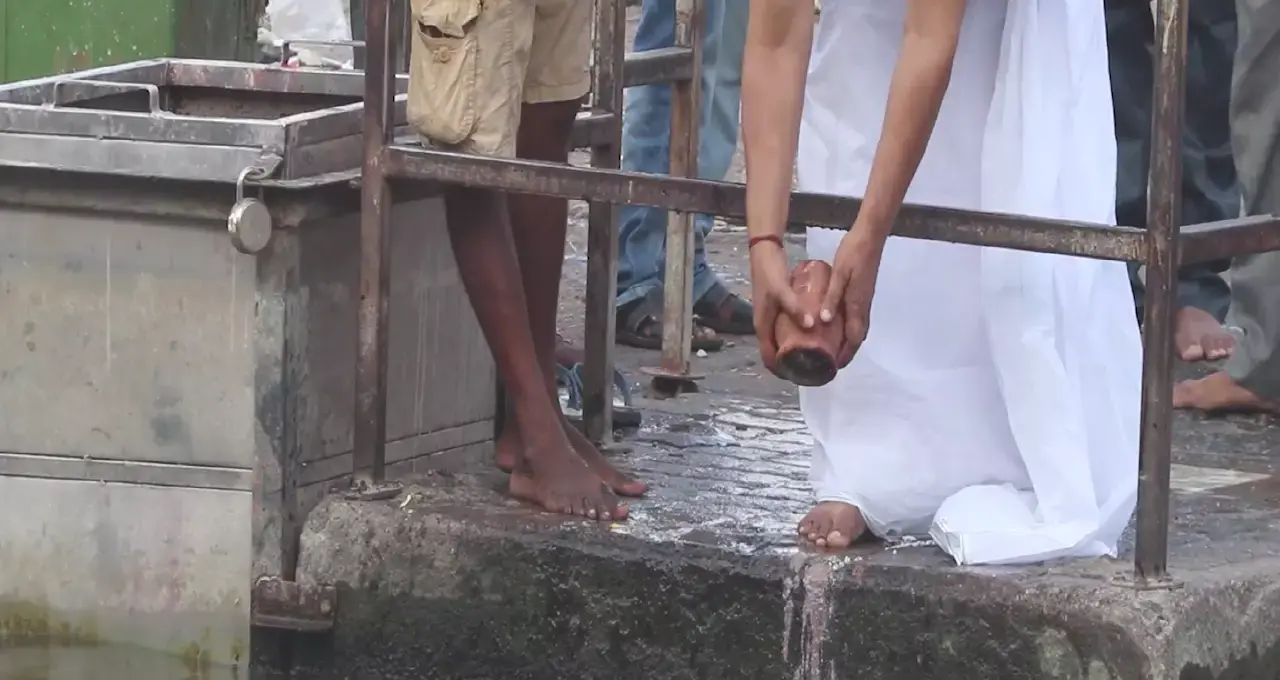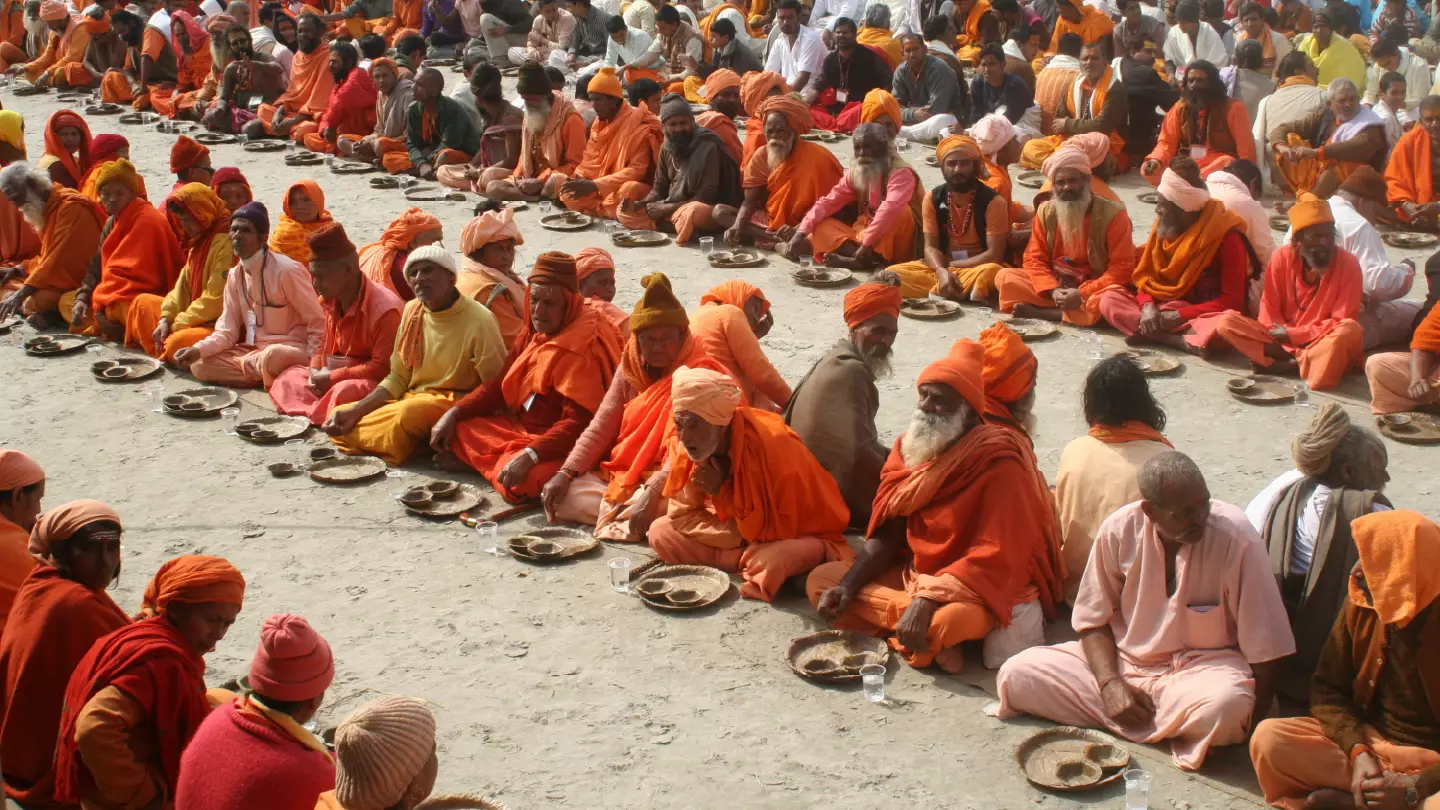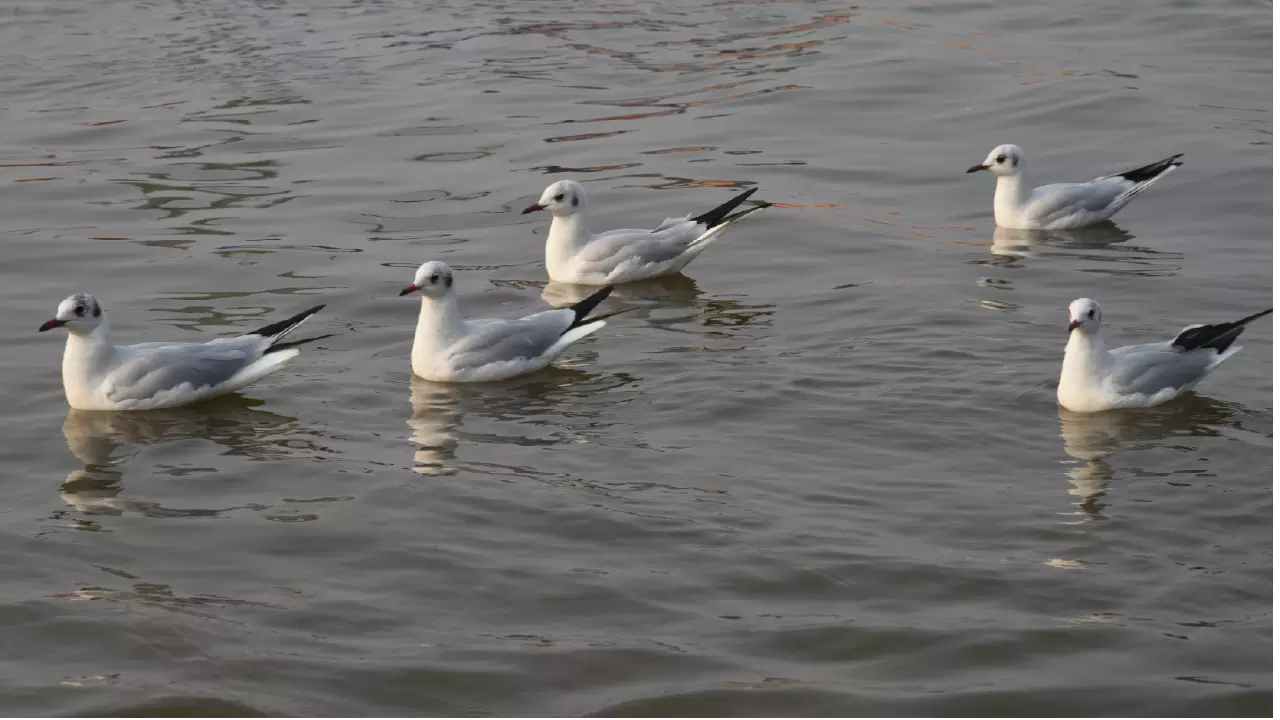Beyond the Holy Dip: 5 Key Rituals You Must Experience at the Nashik Kumbh Mela
The sky is its roof, the sacred Godavari its sanctum sanctorum, and the millions of devotees its beating heart. Most pilgrims arrive with a single, powerful intention: to take a holy dip in the river during the auspicious time of the Simhastha. This is when Jupiter and the Sun align in the house of Leo, charging the waters with the very essence of Amrit, the nectar of immortality that was spilled here during the great cosmic churn.
And this sacred bath, the Snan, is indeed the pinnacle of the pilgrimage. It is a moment of profound purification, a washing away of the karmic dust of lifetimes. But to journey all this way only for the dip is like visiting a magnificent palace and only seeing the throne room. The true spiritual wealth of the Nashik Kumbh Mela lies in the many rituals that surround this central act. They are the sacred steps that lead you to the river, preparing your body, mind, and soul to receive its grace.
If you truly wish to experience the Kumbh, here are five essential rituals, beyond the holy dip, that you must embrace.
1. Witness the Royal Procession for a Sacred Glimpse (Darshan)
Before the first drop of water is touched on the main bathing days, the entire Mela is electrified by a spectacle of sound, colour, and spiritual power: the Shahi Peshwai, or the Royal Procession of the Akharas. This is not a parade; it is a sacred assertion of spiritual authority.
and its grandeur never fades. The air thunders with the sound of conch shells, drums, and the unified chants of millions.
-
The Spiritual Royalty: You will see the Mahamandaleshwars, the heads of the great monastic orders (Akharas), seated majestically atop elephants or on ornate chariots. They are the spiritual kings of the Mela, and their serene presence is a blessing to all who see them.
-
The Naga Sadhus: Leading this magnificent procession, you will find the most formidable of all ascetics, the Naga Sadhus. Their bodies are smeared with sacred ash (bhasma), a constant reminder of their renunciation of the material world. They move with a primal, untamed energy that is both awe-inspiring and humbling.
For a lay pilgrim, the most important ritual here is not to join the procession, but to receive Darshan. This is a Sanskrit word that means far more than just “seeing.” It is a sacred sight, a moment of connection where you absorb the blessings and spiritual energy of these enlightened beings. To have the Darshan of the Akharas as they proceed for their bath is to be purified by the very sight of their devotion.
2. Embrace Austerity with the Vow of Kalpavas
For the most devoted pilgrims, the Nashik Kumbh Mela is not a short visit, but a month-long spiritual retreat. They undertake a rigorous vow known as Kalpavas. the Kalpavasis, for they choose a path of immense discipline.
A Kalpavasi vows to live on the banks of the Godavari for the entire duration of the Mela, embracing a life of extreme simplicity and austerity. Their days are structured around a sacred routine:
-
Bathing in the holy river three times a day.
-
Eating only a single, simple vegetarian meal.
-
Practicing celibacy and sleeping on the ground.
-
Spending their days in prayer, meditation, and attending spiritual discourses.
This is not a penance of suffering, but a joyful shedding of worldly comforts to focus entirely on the soul. To observe the unwavering devotion of the Kalpavasis, or to even practice a simplified version for a few days, is to understand the deep commitment that lies at the core of our Dharma. It is a powerful ritual of self-control and spiritual focus.
3. Surrender the Ego with Mundana and Veni Dana
On the ghats of the Godavari, you will see a common and profoundly symbolic ritual taking place: the offering of hair. This act of tonsure, known as Mundana, is a pilgrim’s first step in preparing for the holy dip.
By shaving one’s head, a pilgrim symbolically sheds their ego, vanity, and past transgressions. It is an act of humility, a declaration that one is ready to approach the divine with a clean slate, both externally and internally.
For married women, there is a particularly poignant version of this ritual called Veni Dana. A woman will offer a portion of her plaited hair (Veni) to the holy river, often with a prayer for the health, prosperity, and long life of her husband. It is a beautiful act of selfless love and devotion. To witness this simple, heartfelt ritual is to see the personal, familial heart of the grand Nashik Kumbh Mela.

4. Immerse Your Mind in Sacred Discourse (Satsang)
The Kumbh Mela is often called the world’s largest university of the soul, and for good reason. For the weeks of the festival, the sprawling camps of the Kumbh Nagri become a vibrant center for spiritual learning and philosophical exchange.
To truly participate in the Mela, you must immerse your mind as well as your body. This is done by attending Satsang (a gathering of the truthful) and listening to Pravachans (spiritual discourses).
-
A Gathering of Masters: Great gurus, scholars, and saints from every tradition and corner of India gather here. They share their wisdom on the Vedas, the Puranas, and the path to self-realization.
-
Knowledge for All: You can sit for hours, free of charge, and listen to these enlightened masters explain the deepest secrets of the cosmos in the simplest of terms. It is an unparalleled opportunity to ask questions, clear doubts, and receive spiritual guidance directly from the source.
The knowledge gained here is not mere academic learning; it is transcendental knowledge that can transform your perspective on life. This ritual of sacred listening is essential for any true seeker.
5. Practice Selfless Giving Through Dana and Langar

In our tradition, no pilgrimage is complete without the act of selfless giving, or Dana. It is a way of earning spiritual merit (punya) and acknowledging that all we have is a blessing from the divine. At the Nashik Kumbh Mela, the spirit of charity is everywhere.
You will see pilgrims offering food, blankets, and alms to the sadhus and the poor. But the most magnificent expression of this ritual is the Langar, the massive, free communal kitchens run by the Akharas and other religious organizations.
-
Food for the Soul: These kitchens serve simple, blessed food to tens of thousands of people every single day, regardless of their caste, creed, or status.
-
The Spirit of Seva: To eat in a Langar is a humbling experience. To volunteer and serve others in a Langar (seva) is even more profound. It is a powerful ritual that dissolves social barriers and puts the philosophy of selfless service into practice.
The Complete Pilgrimage
So when you come to the Nashik Kumbh Mela, by all means, let your primary goal be the holy dip. Let it be the sacred moment your soul has yearned for. But do not stop there.
Watch the saints in their royal procession and receive their Darshan. Observe the discipline of the Kalpavasis. If you feel called, offer a lock of your hair to surrender your ego. Sit at the feet of a master and fill your mind with wisdom. And finally, share what you have through an act of charity.
This is how you complete the pilgrimage. It is to experience the Kumbh not just with your body, but with your entire soul.

